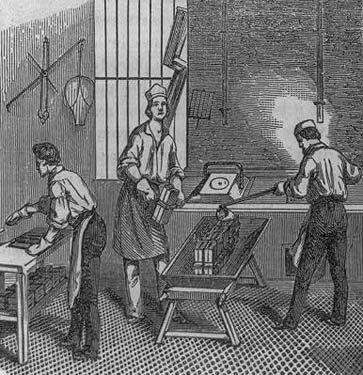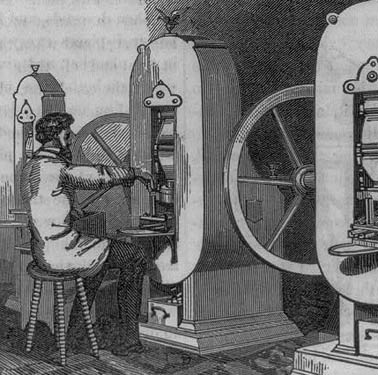

The US Mint is a bureau of the United States Department of the Treasury that produces coins for use in the United States. It also produces circulating coinage for the nation’s economy and manufactures relief coinage for collectors. Its address is One Penn Plaza, New York, NY 10119. The US mint is very well known for producing the American Eagle silver coin, the most important bullion coin ever produced.
In 2009, the Mint generated $7.8 billion in total numismatic products and related services sales. As a result, the United States Mint is the largest producer of circulating coinage globally. The Mint’s numismatic programs create an annual four billion dollar impact on the United States economy and directly impact by employing over 6,000 artisans, metalworkers, and other craftsmen.
The United States Mint originated from a Congressional Act signed into law by President George Washington on April 2, 1792. The Act provided for producing a national coinage and designated the first Mint in Philadelphia, Pennsylvania. In May 1792, Anthony Morse came to Philadelphia and took up his duties as the first Chief Coiner and Refiner at the new Mint.
The financial system created by this Act was unstable because there was no national currency. In response to the absence of a national currency, the Coinage Act of 1792 established the United States Mint in Philadelphia. In response to the Coinage Act, Congress passed another act calling to create one or more mints. This Act was approved by President Washington on June 8, 1792, and provided that:
The Mint Act of 1792 was written in three parts. The first part was to establish a Mint, the second part was to regulate coins, and the third part was to do all acts relating to the currency of the United States. The first Mint Congress created was based in Philadelphia, which served as its home for almost seven decades until 1833. City Hall now occupies this original Philadelphia Mint location.


The Coinage Act of 1792 authorized two gold pieces of eight dollars each and two other gold pieces valued at fifteen dollars each. In 1838 the half-eagle was valued at five dollars but soon changed this to four dollars. Other coins were produced and were issued conveniently in the vaults where they were stored. The commercial aspect of the United States Mint began to take shape.
Early mints in America mainly operated as independent entities under control by a board of directors and supervised by a superintendent, who then reported directly to the United States Department of State.
The US Mint nevertheless designed and manufactured coins for the federal government during the first half of the nineteenth century. The Mint also began producing medals.
In 1837, it produced silver dollars to trade with other countries for bullion for the new nation’s dollar currency. The following year, Congress passed the Coinage Act of 1838.
Learn more: the history of the US mint
The United States Mint has had many accomplishments since its inception. Since 1996, the US Mint has been the source of commemorative coin programs for the nation. Furthermore, in 2000, the E Pluribus Unum American Eagle gold coin was introduced alongside other historical denominations.
In 2007, an Oklahoma-based firm named West Point Manufacturing was awarded a $1 billion contract to produce 50 million one-dollar coins as part of The Presidential Coin Program to commemorate some of America’s most outstanding leaders. In 2010, the United States Mint issued the James Buchanan centennial silver dollar. In 2013, American Eagle silver dollars were reintroduced.
In 2014 and 2015, the US Mint produced a unique coin honoring the bicentennial of the Constitution of the United States, marking its 200th birthday in 2018. It is made up of 5 one-ounce coins representing history and patriotism. The 50 State Quarters Program was also initiated in 2010 to commemorate the US states in their order of admission to the Union.
Besides the fact that the United States Mint is responsible for circulating coinage, it also produces relief coinage for collectors and produces numismatic products and services. The US Mint has had many accomplishments since its inception. In addition, their accomplishments include but are not limited to: the production of circulating coinage, the production of medals, and most recently, their participation in commemorative coin programs.
The US Mint has many exciting new endeavors planned and will be a leader in bringing innovative new products to market.